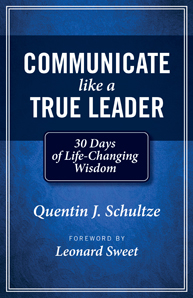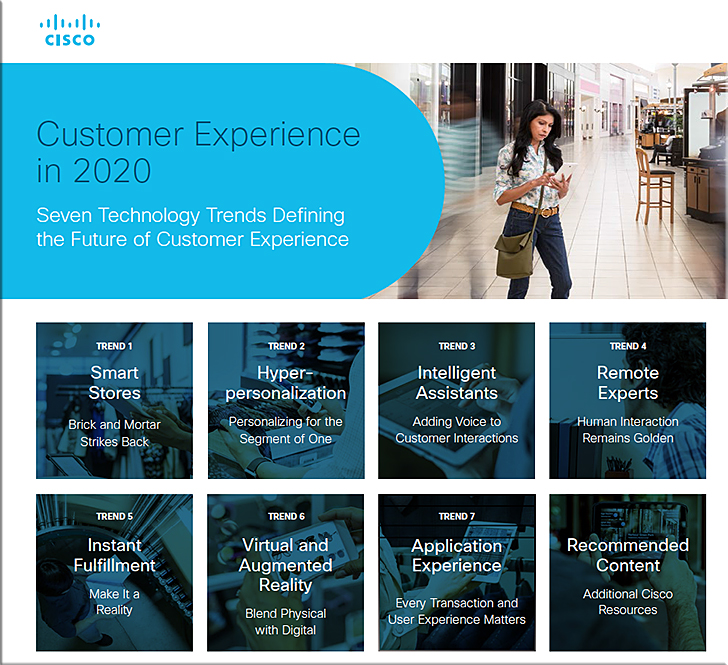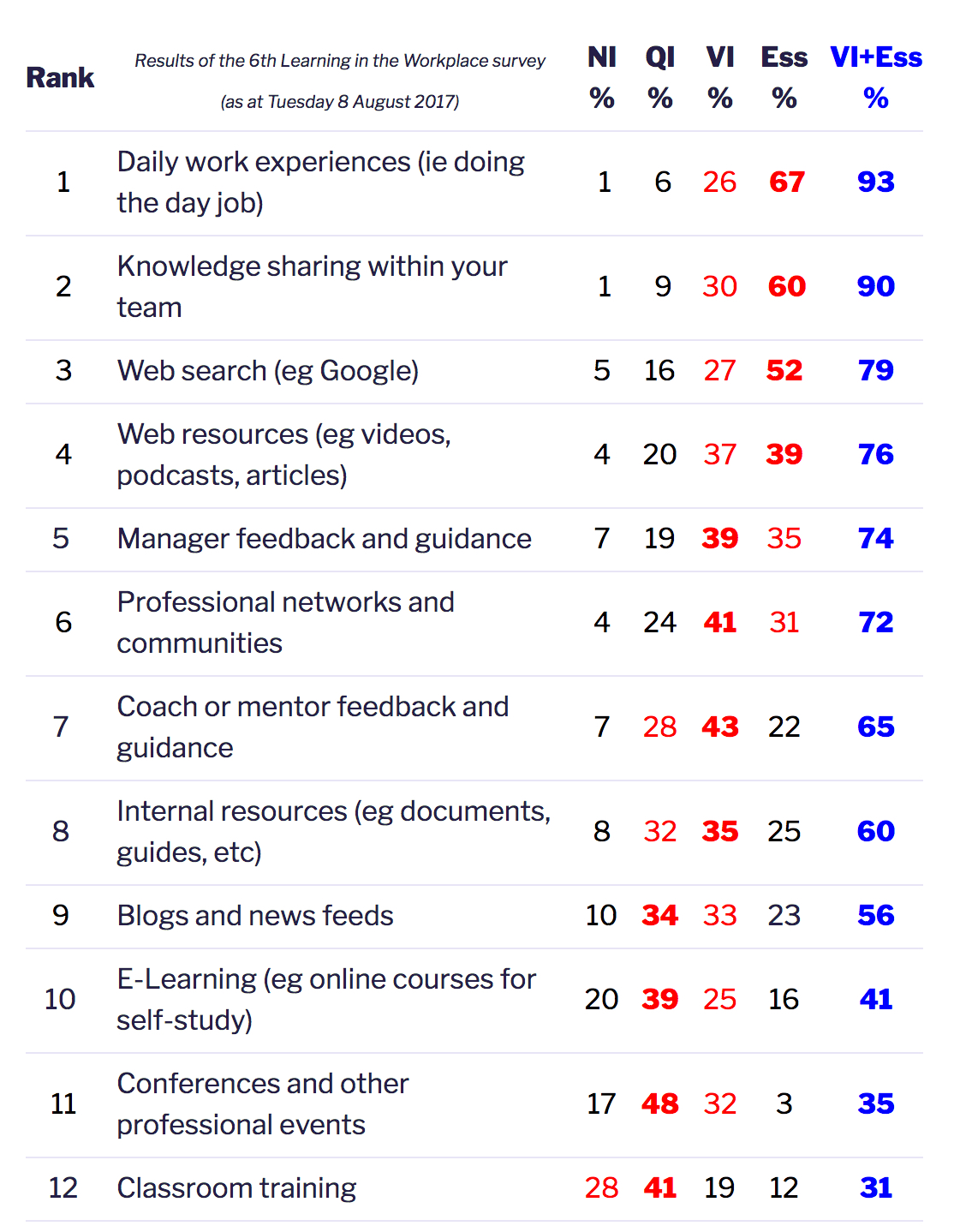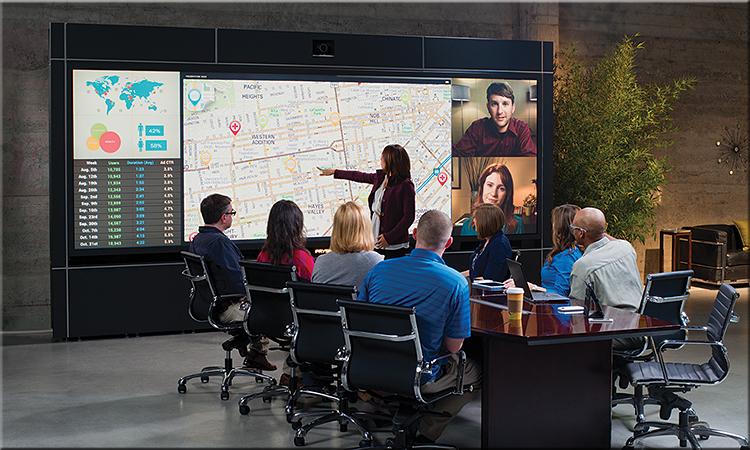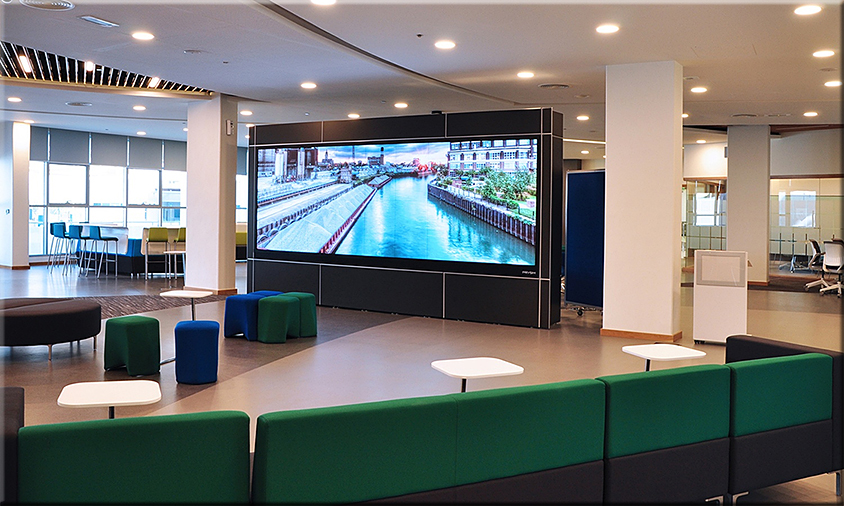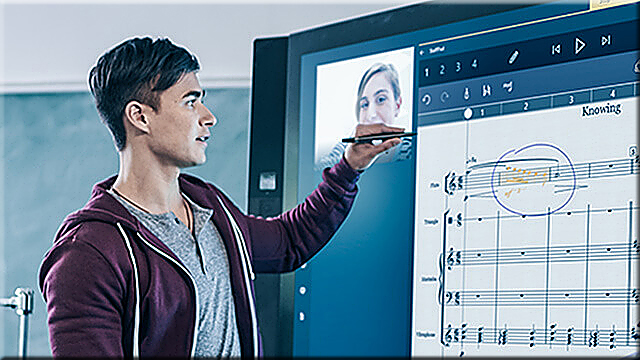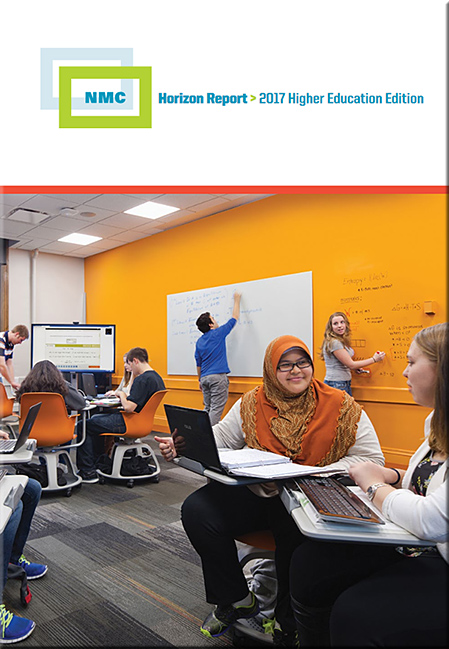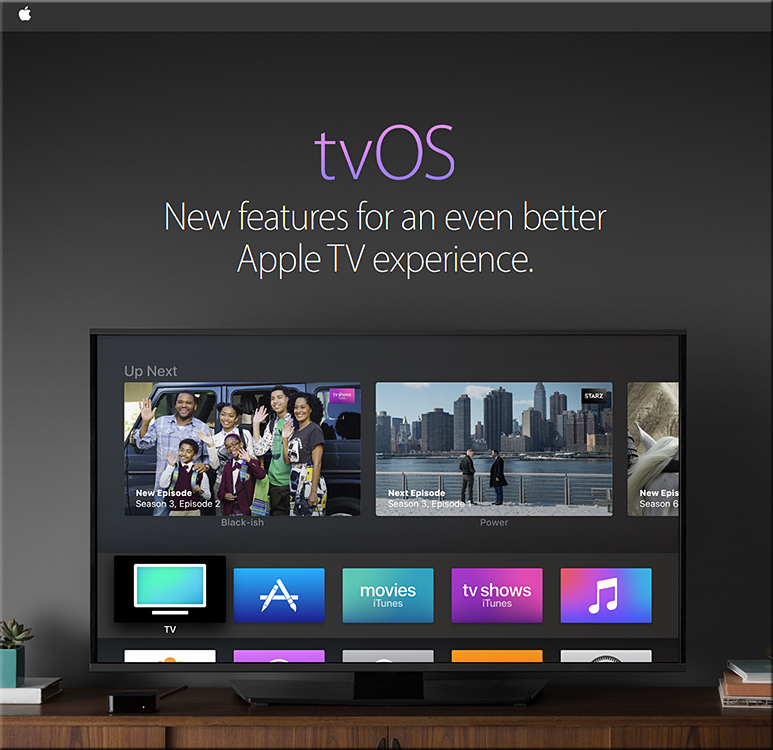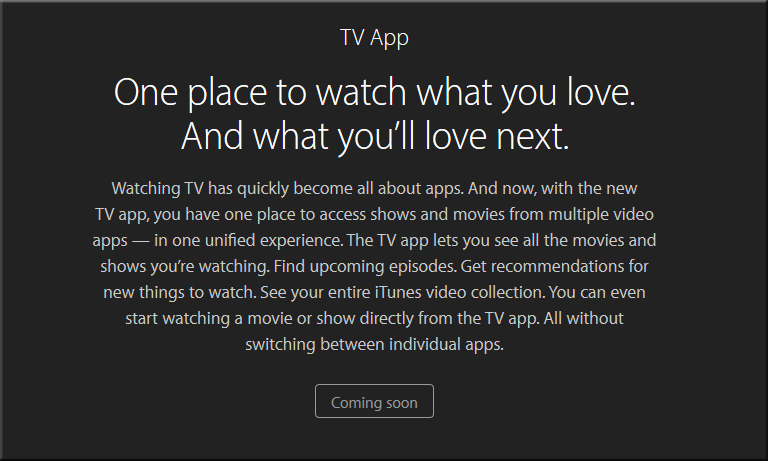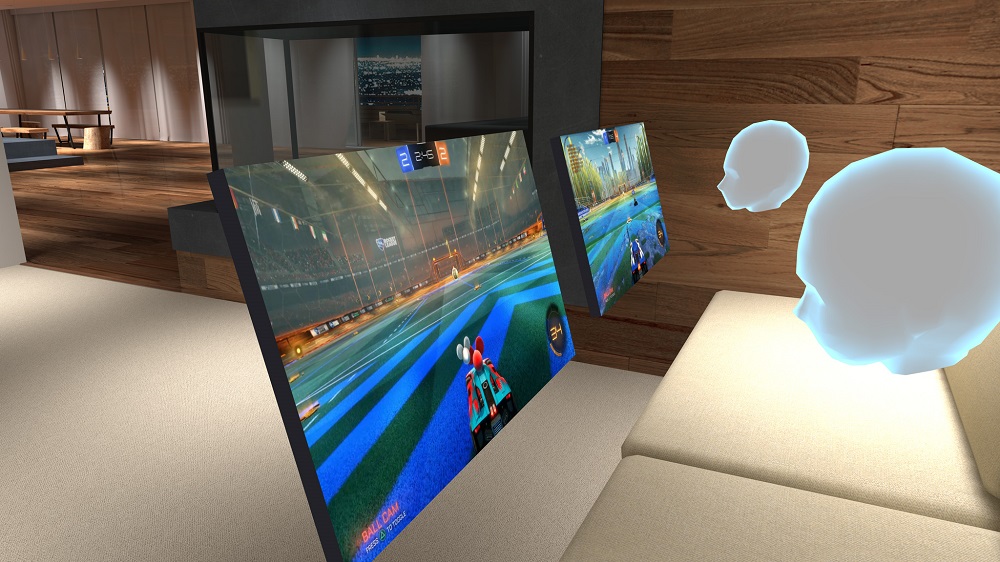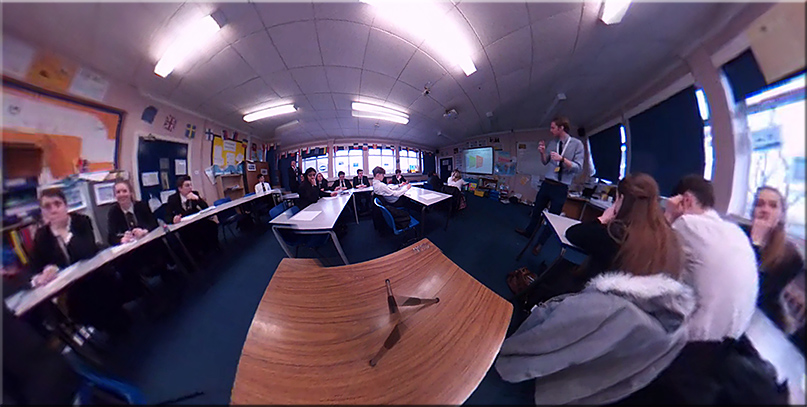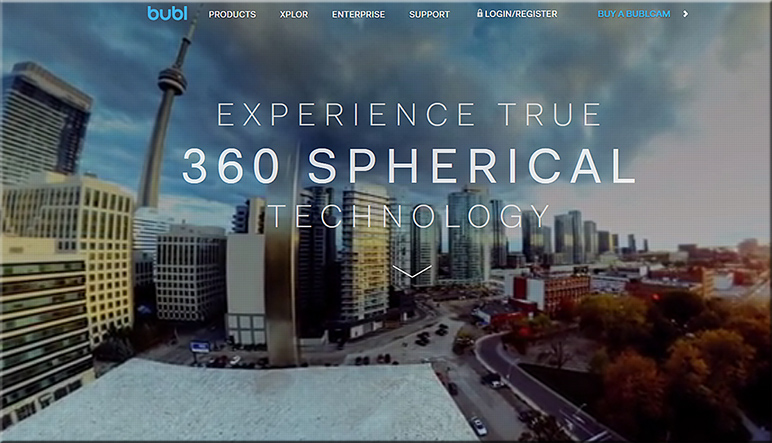From DSC:
Here’s a quote that has been excerpted from the announcement below…and it’s the type of service that will be offered in our future learning ecosystems — our next generation learning platforms:
Career Insight™ enables prospective students to identify programs of study which can help them land the careers they want: Career Insight™ describes labor market opportunities associated with programs of study to prospective students. The recommendation engine also matches prospective students to programs based on specific career interests.
But in addition to our future learning platforms pointing new/prospective students to physical campuses, the recommendation engines will also provide immediate access to digital playlists for the prospective students/learners to pursue from their living rooms (or as they are out and about…i.e., mobile access).
![The Living [Class] Room -- by Daniel Christian -- July 2012 -- a second device used in conjunction with a Smart/Connected TV](http://danielschristian.com/learning-ecosystems/wp-content/uploads/2012/07/The-Living-Class-Room-Daniel-S-Christian-July-2012.jpg)
Artificial intelligence working with enormous databases to build/update recommendation engines…yup, I could see that. Lifelong learning. Helping people know what to reinvent themselves to.
Career Insight™ Lets Prospective Students Connect Academic Program Choices to Career Goals — from burning-glass.com; also from Hadley Dreibelbis from Finn Partners
New Burning Glass Technologies Product Brings Job Data into Enrollment Decisions
BOSTON—Burning Glass Technologies announces the launch of Career Insight™, the first tool to show prospective students exactly how course enrollment will advance their careers.
Embedded in institutional sites and powered by Burning Glass’ unparalleled job market data, Career Insight’s personalized recommendation engine matches prospective students with programs based on their interests and goals. Career Insight will enable students to make smarter decisions, as well as improve conversion and retention rates for postsecondary institutions.
“A recent Gallup survey found that 58% of students say career outcomes are the most important reason to continue their education,” Burning Glass CEO Matthew Sigelman said. “That’s particularly true for the working learners who are now the norm on college campuses. Career Insight™ is a major step in making sure that colleges and universities can speak their language from the very first.”
Beginning an educational program with a firm, realistic career goal can help students persist in their studies. Currently only 29% of students in two-year colleges and 59% of those in four-year institutions complete their degrees within six years.
Career Insight™ enables prospective students to identify programs of study which can help them land the careers they want:
- Career Insight™ describes labor market opportunities associated with programs of study to prospective students. The recommendation engine also matches prospective students to programs based on specific career interests.
- The application provides insights to enrollment, advising, and marketing teams into what motivates prospective students, analysis that will guide the institution in improving program offerings and boosting conversion.
- Enrollment advisors can also walk students through different career and program scenarios in real time.
Career Insight™ is driven by the Burning Glass database of a billion job postings and career histories, collected from more than 40,000 online sources daily. The database, powered by a proprietary analytic taxonomy, provides insight into what employers need much faster and in more detail than any other sources.
Career Insight™ is powered by the same rich dataset Burning Glass delivers to hundreds of leading corporate and education customers – from Microsoft and Accenture to Harvard University and Coursera.
More information is available at http://burning-glass.com/career-insight.










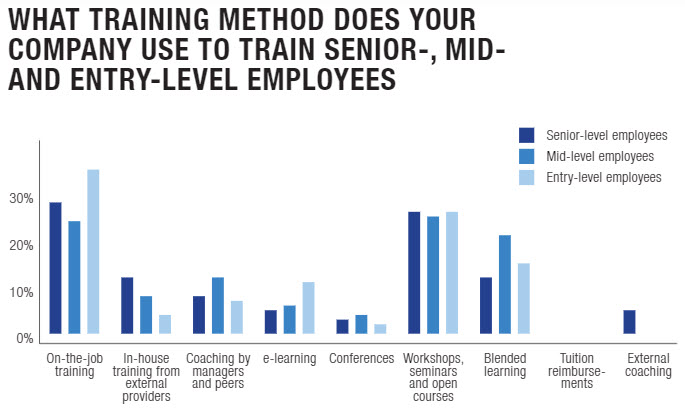
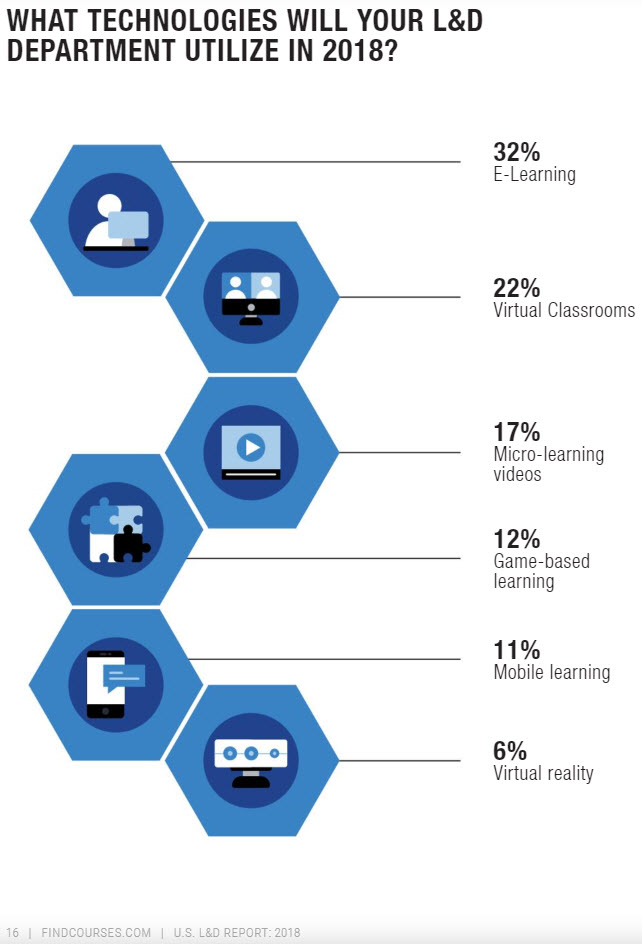
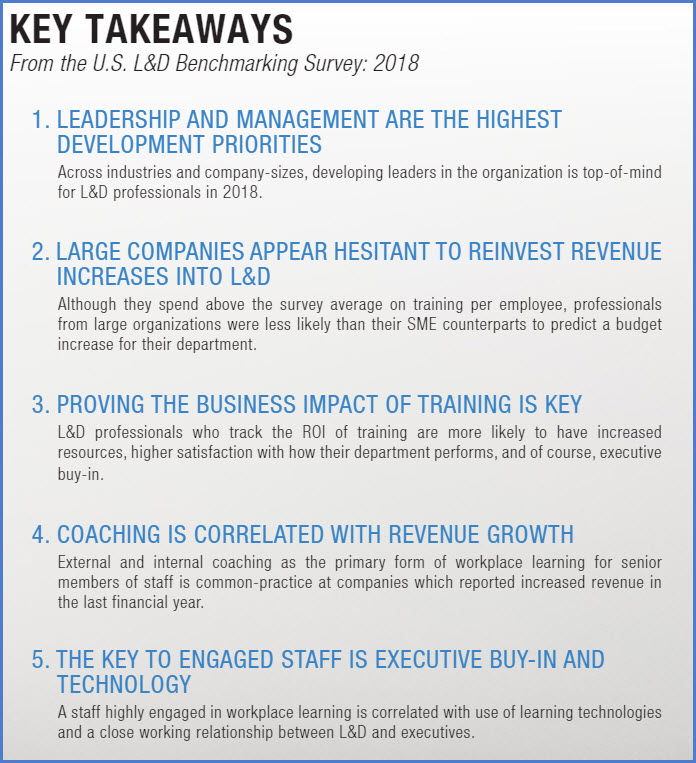
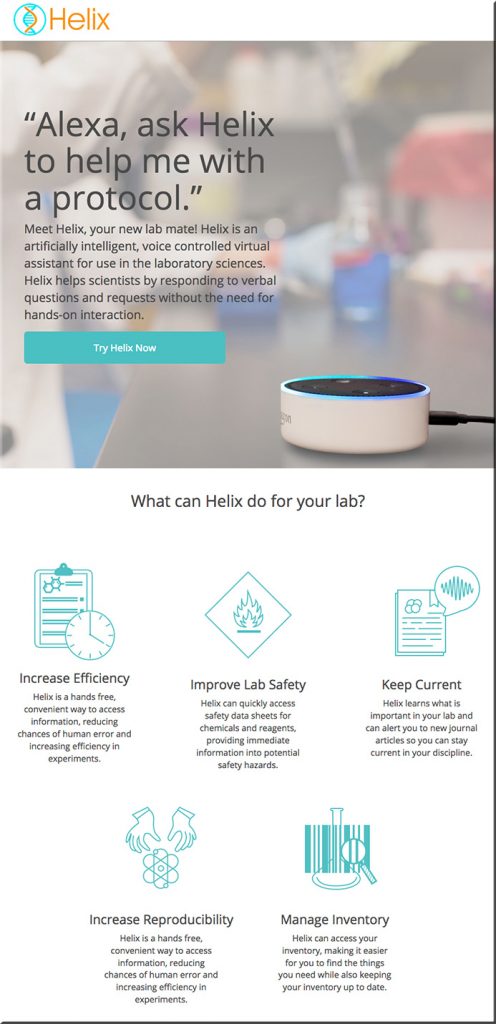
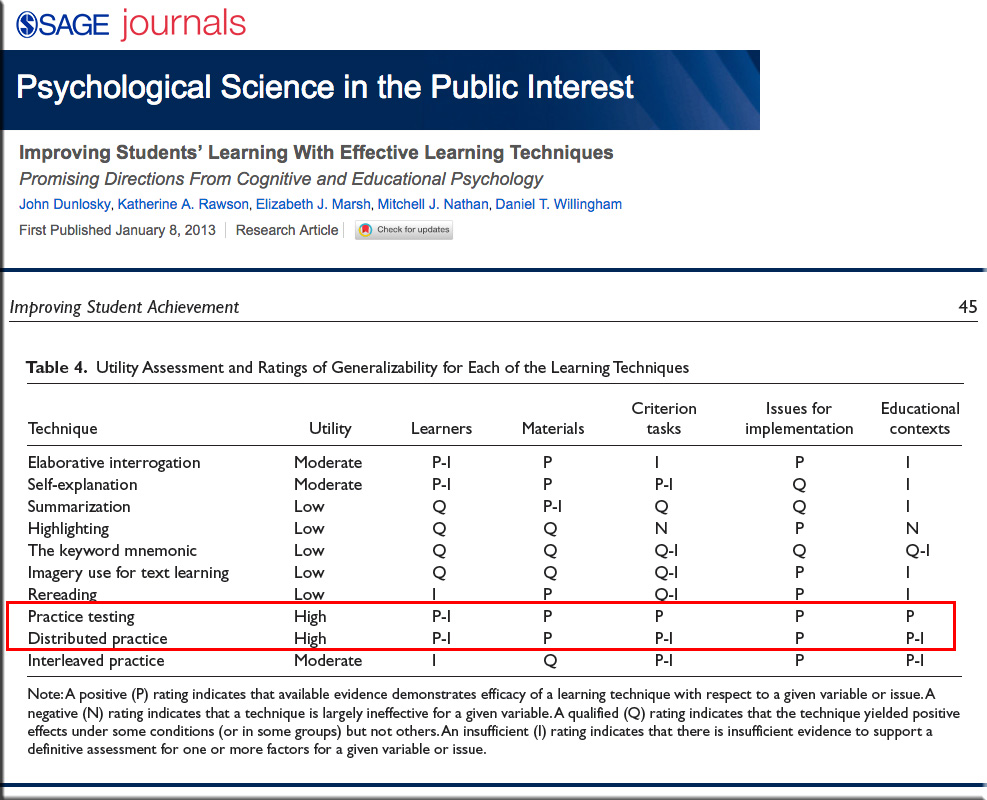
![The Living [Class] Room -- by Daniel Christian -- July 2012 -- a second device used in conjunction with a Smart/Connected TV](http://danielschristian.com/learning-ecosystems/wp-content/uploads/2012/07/The-Living-Class-Room-Daniel-S-Christian-July-2012.jpg)
